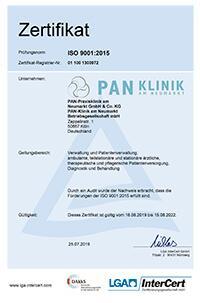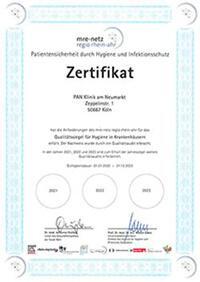About the disease
Artificial insemination is a procedure that can help couples conceive if they have problems with fertility. This technique is only recommended if the couple has not had any success by natural means after 1 year of trying. Before artificial insemination is taken into consideration, the doctor will advise the couple to change their dietary habits. Calculating the exact time of ovulation and using fertility drugs that make a more hospitable environment for a sperm cell to take hold in the uterus can also help the process of conception. If none of these techniques work out, artificial insemination is the next option.
Artificial insemination can be helpful in overcoming many types of infertility problems. It is the most effective technique if the woman’s partner has a low sperm count. This means that his sperm cells are not strong or fast enough to reach the uterus and still be active. Using artificial insemination, the doctor inserts sperm from the male partner directly into the woman’s uterus, thereby increasing the likelihood of conception severalfold.
This procedure can also be helpful in cases where the woman’s reproductive organs are not conducive with conception. For example, some women have too much mucus in their cervix, which prevents the sperm from reaching the uterus. In others, endometriosis can also prevent a woman from getting pregnant. Artificial insemination can also be used by couples over the age of 40 or if the exact cause of infertility has not been identified.
If the woman is still not pregnant after several procedures of artificial insemination, the doctor may suggest using the sperm of a donor. The name of the donor will remain confidential and the donor will have no parental rights whatsoever.
Symptoms
- Inability to get pregnant after a year of trying
- Previous history of miscarriage
- Previous history of abortion
Diagnosis
- During a general examination, the doctor will ask the couple how long they have been trying to get pregnant.
- The couple will be asked if they have tried to have sexual intercourse when the woman is ovulating and if they lead a healthy lifestyle.
- The woman will be asked if she has any history of miscarriages or abortions in the past and the man will be asked if he has had any traumas or problems with his testicles or penile area.
- A sample test can evaluate the strength and amount of sperm cells. It can also rule out the possibility of infections.
- Imaging tests and a smear test check that the woman’s reproductive organs function normally. The smear test checks the amount of mucus in the cervix and can also rule out the possibility of infections.
Treatment
- Artificial insemination is a painless procedure and takes less than an hour.
- The couple is advised to refrain from having sex for 2-3 days before the procedure, so that the sperm cells are fast and numerous.
- Artificial insemination is conducted during the woman’s most active ovulation time, which can be calculated with an ovulation kit.
- The woman’s partner produces a sperm sample in a private room. The sperm is washed in the laboratory to get rid of any chemicals, and the most active spermatozoids are then selected and maintained at room temperature.
- Before the procedure, the woman may be given fertility drugs to boost the chances of a successful artificial insemination.
- The doctor uses a catheter to insert the sperm directly into the uterus. The woman is then asked to lie down for approximately half an hour to boost the chances of insemination.
- A pregnancy test can give a fairly accurate reading 7-10 days after the procedure. However, it is advisable to get a pregnancy confirmed by a doctor.
Authors:
This article was edited by medical experts, board-certified doctors Dr. Nadezhda Ivanisova, and Dr. Bohdan Mykhalniuk. For the treatment of the conditions referred to in the article, you must consult a doctor; the information in the article is not intended for self-medication!
Our editorial policy, which details our commitment to accuracy and transparency, is available here. Click this link to review our policies.

















